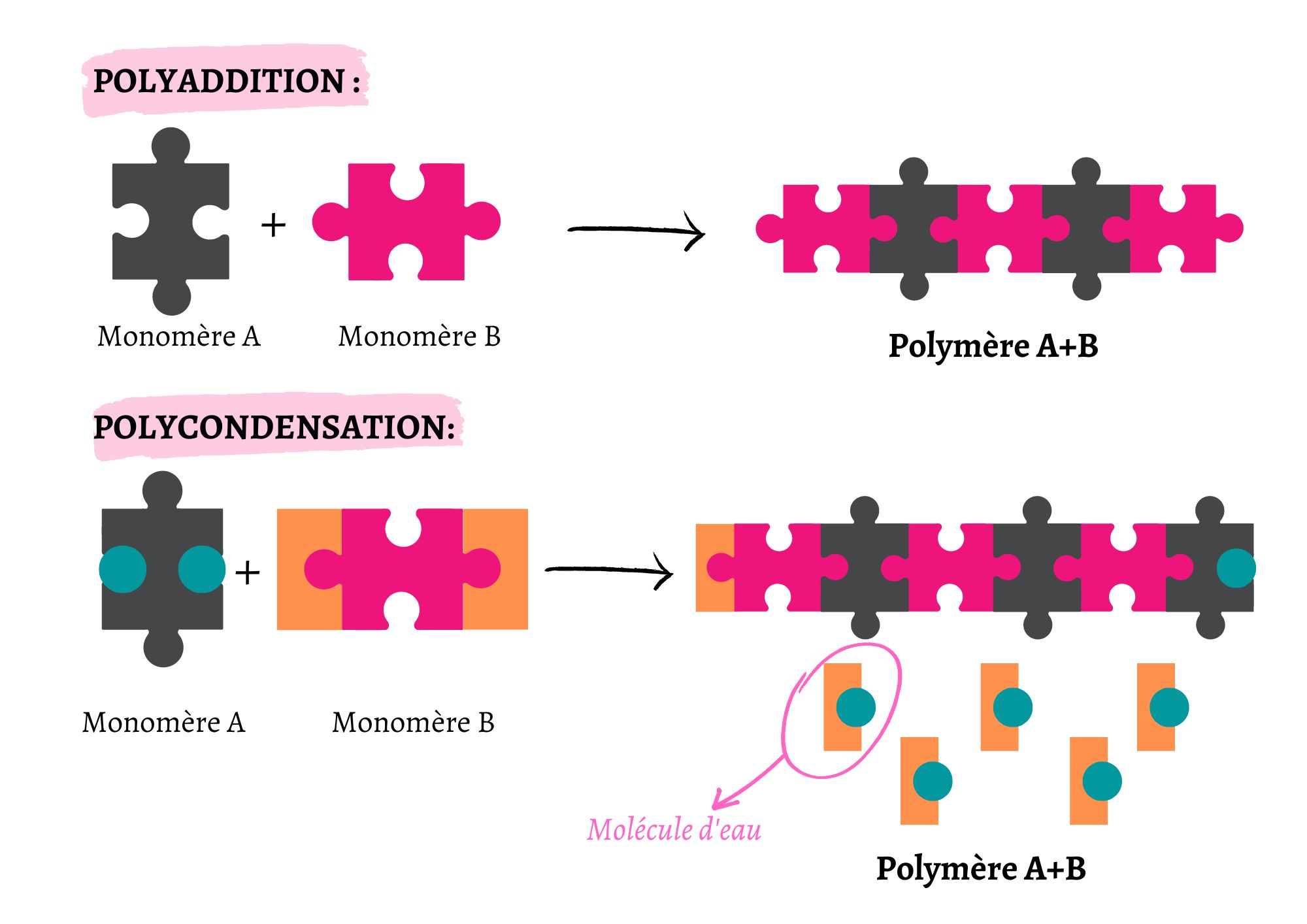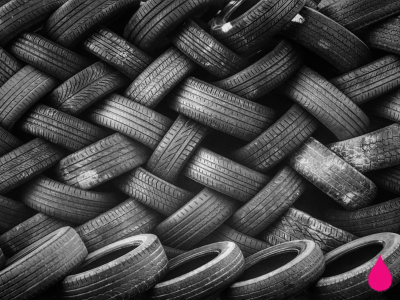Polymers – General
A polymer is a molecule of high molecular mass, made up of a sequence of repeating units. In other words, it is a sequence of monomers, united together by covalent bonds.
They can be natural but also synthetic, and this synthesis can be carried out in different ways:
- By polyaddition : reaction of successive additions of monomers inducing the creation of a polymer chain. Many families of polymers are derived from polyaddition: Polyolefins, rubbers, vinyl polymers, styrenic polymers, acrylic polymers.
- By polycondensation : reaction between two monomers leading to the elimination of a molecule of water. Various families of polymers emerge from polycondensation: Polyamides, polyesters, polyethers, silicones.
Each type of polymer has specific properties , which are defined by its type of assembly, the chemical nature of the monomers that compose it, the degree of polymerization, etc.
These properties allow these materials to be classified into different groups: thermoplastic or thermosetting materials (ABS, PE, LDPE, HDPE, PET, PP, PS, PVC, PTFE…), composite materials …

 EN
EN
 FR
FR
